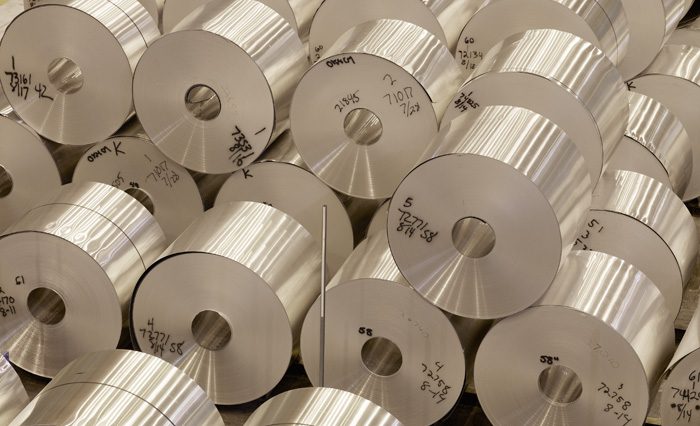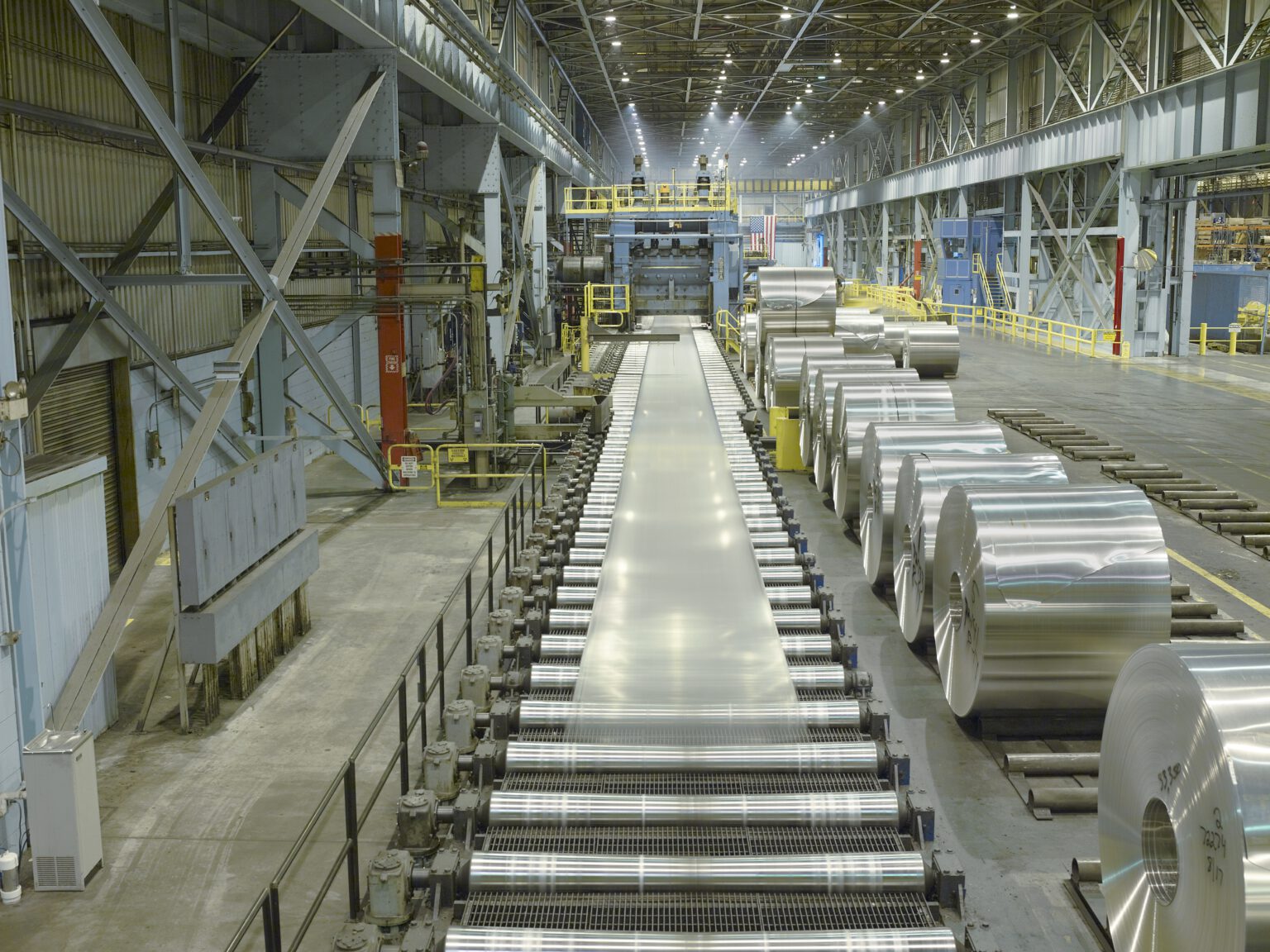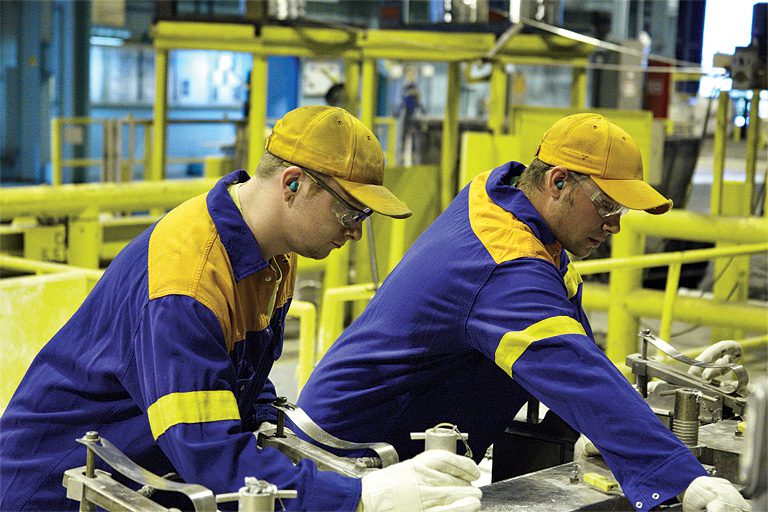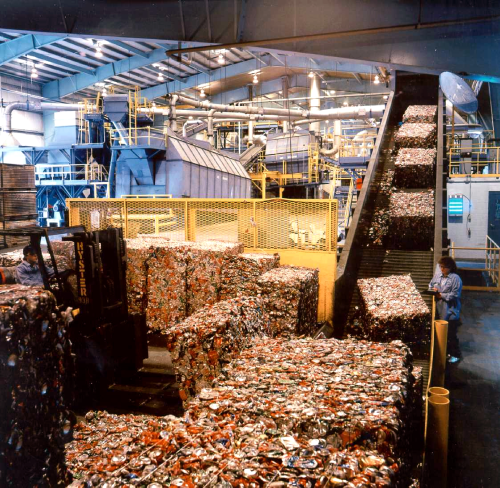Rolled aluminium is known for its versatility, and is widely used across packaging, transport, and construction.
Whether it’s sheets, plates, or foils, rolled aluminium is a desirable mix of strength, lightness, and durability. This is why it is used so diversely, from food packaging to high-speed railways, and industrial printing to fuel-efficient aeroplanes.
Let’s take a look at the ways aluminium can be rolled.
Conventional Rolling
Rolling changes the metallic structure of cast aluminium, with the metal taking on new characteristics and properties. Commercial purity aluminium obtained from the smelting process has a composition of between 99% and 99.7% aluminium and is relatively soft and pliable when rolled. However, it is possible to alter the characteristics and strength by adding controlled formulas of elements such as manganese, magnesium, zinc, copper, and silicon.
The rolling process starts with heating aluminium slabs to around 525°C. The slabs are passed repeatedly through a hot rolling mill until the metal is thin enough to be coiled, ready for cold rolling. There, the metal is fed in coil form through cold rolling mills, which reduces the metal thickness. It is recoiled after each rolling pass until it reaches the required thickness.
The hot and cold rolling process can reduce a cast aluminium slab of, say, 60cm to just 0.2mm, which is 0.03% of its original thickness.
Strip Casting
Strip casting is a significant part of aluminium sheet production because it eliminates the need for hot rolling, which can be expensive.
There are two methods of strip casting: Twin-roll casting (TRC) and Twin-belt casting (TBC). With TRC, molten metal is fed into a converging cavity set by counter-rotating rolls that are internally cooled. The process relies on the heat transfer between the solidifying, compressed melt and the roll surfaces to solidify the aluminium, which results in high cooling rates. TBC uses a similar process, but the heat transfer is much lower. Twin belt casters can be used for container stock, foil, fin, building products, and some medium-strength alloys.
Today strip casting represents a significant and increasing part of overall aluminium sheet production (>1Millon Tonnes/yr).
However, strip casting technology hasn’t yet developed to the point where it can meet all the property requirements for the full range of aluminium-rolled products achievable through conventional rolling.

Former President & CEO
Nippon Light Metal Company, Ltd.
“By carrying on development of new applications for aluminium and aluminium materials, the industry continues to support customers in wide-ranging sectors and contributes to improving the quality of people’s lives and protection of the environment.



